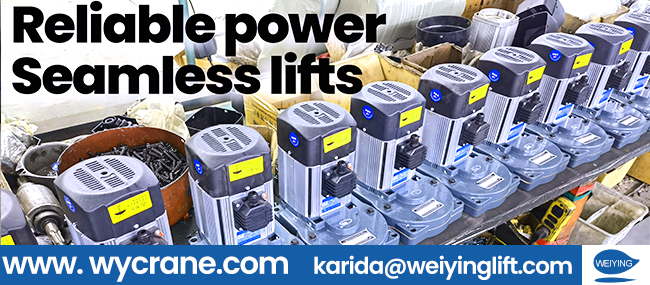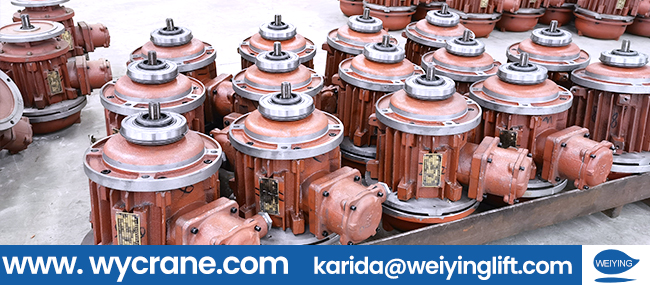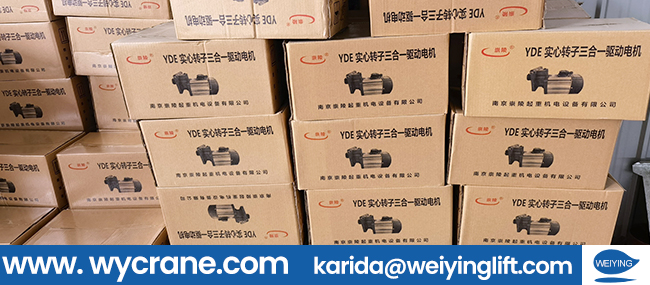In the realm of electric motors, a perplexing trend has emerged: modern motors are more prone to burnout than their predecessors. This phenomenon stems from several factors, all interwoven within the evolving landscape of motor technology and industrial demands.

1. Advancements in Insulation Technology: The relentless pursuit of enhanced performance coupled with size reduction has led to a decrease in the thermal capacity of modern electric motors. Consequently, they exhibit weaker overload capabilities. Moreover, heightened automation necessitates motors to operate under frequent start-stop cycles, reversals, variable loads, and other demanding conditions, placing greater demands on motor protection devices. Additionally, modern motors often find themselves operating in harsh environments characterized by moisture, high temperatures, dust, and corrosive elements. Non-standard construction practices and lapses in equipment management further compound these challenges, contributing to the increased susceptibility of contemporary motors to damage.
2. Limitations of Traditional Protection Devices: Traditional motor protection devices predominantly rely on fuses and thermal relays. Fuses, though simple and widely used, primarily safeguard power lines during short-circuit faults and are ill-suited for protecting motors against short-circuits or overloads. The practice of selecting fuse ratings based on rated current rather than starting current predisposes motors to phase failure and subsequent damage. Thermal relays, while prevalent for overload protection, suffer from limited functionality, low sensitivity, significant margin of error, and poor stability. Despite widespread deployment, instances of motor damage disrupting normal operations persist due to the inadequacies of these conventional safeguards.

3. The Paradigm Shift towards Ideal Motor Protection Devices: The latest advancements in motor protection have transitioned from mechanical to electronic and intelligent systems. These modern protectors offer direct monitoring of critical parameters such as current, voltage, and temperature, boasting high sensitivity, reliability, multifunctionality, and ease of calibration. Following a protective action, they provide clear insights into the nature of faults, facilitating prompt fault diagnosis and minimizing downtime in production environments. Furthermore, the utilization of motor air gap magnetic field for eccentricity detection enables real-time monitoring of motor wear and tear.
In the domain of lifting machinery, the adoption of YSE soft start braking motors, YE3 three-phase asynchronous motors, and YSEW integrated drive brake motors exemplifies the industry’s commitment to optimal motor selection aligned with performance requirements. Engineers tailor motor selections based on lifting machinery specifications, procuring from reputable suppliers like Weiying Group, which not only offer comprehensive accessory solutions but also provide integrated procurement services for lifting machinery projects.
In summary, comprehending the intricate interplay between technological advancements, industrial demands, and protective measures is paramount in mitigating the heightened susceptibility of modern electric motors to burnout, thereby ensuring uninterrupted and efficient operations across diverse industrial sectors.
